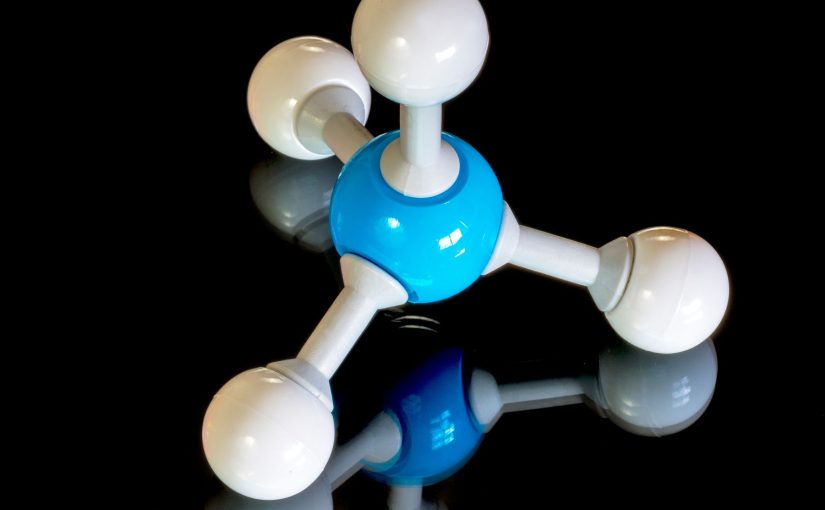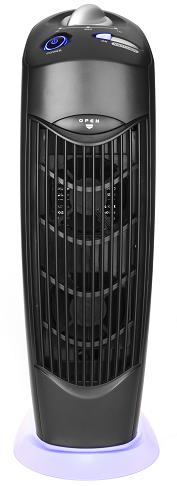There is a lot of information on the internet about air purifiers. A lot.
There is also a lot of competition when it comes to air purifiers from people who sell HEPA filter air purifiers versus people who sell ionizer air purifiers.
And a lot of misinformation coming from both sides.
Many websites claim that you should never use an ionizer because it can create ozone as a by-product
And of course the other side says that the amount of ozone that ionizer creates is well below the federal limit and is not dangerous at all.
Hmm…
Should I use the air purifier ionizer?
I’m going to try lay out an argument that the ionizer on a air purifier is a good thing. Because not only does an ionizer provide a unique way of cleaning the air, it also can help the filtering function of the air cleaner.
1. Ionizers Help HEPA Filters Perform Better
Ionization and HEPA filter technologies actually work very well together. That’s because ionizers work by polarization, a process that clumps air particles together, which in turn makes it possible for a HEPA filter to actually capture the ultra fine particles that may normally be able get through the filter. Winix is a great example of a air purifier that offers all the capabilities of Ionized and Hepa filters.
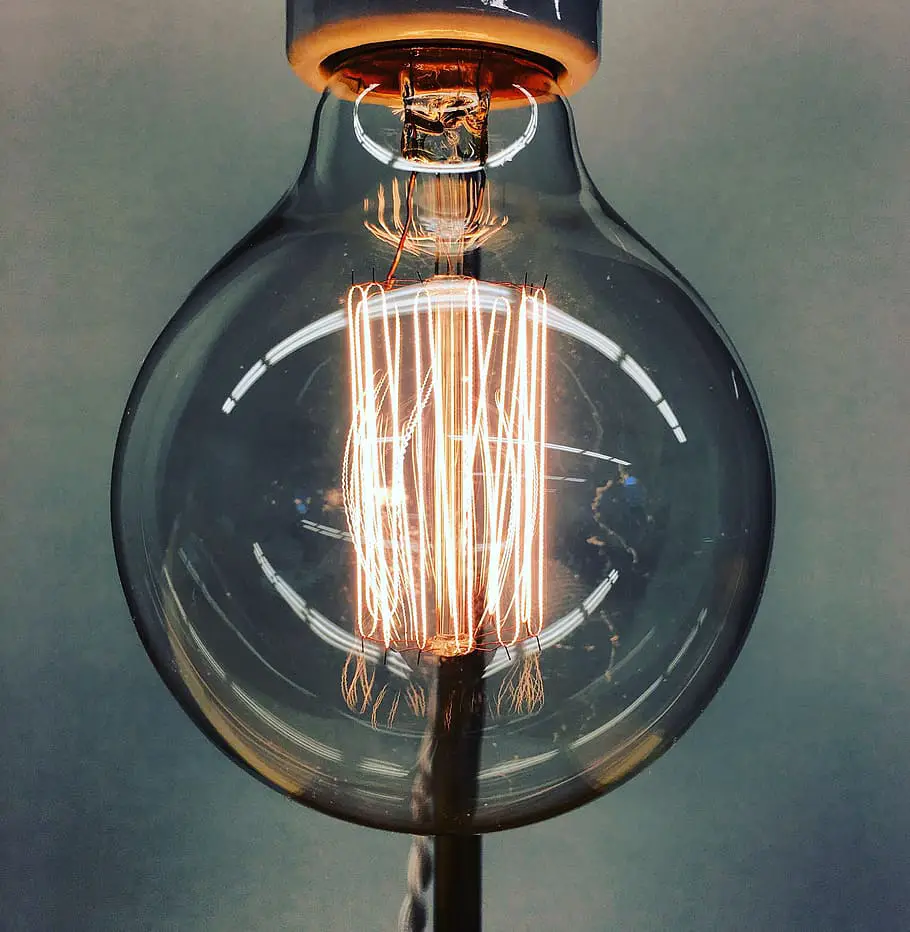
2. Ions have an Anti Bacterial Effect
Amazing stuff!
3. Negative Ions Can Contribute to a Good Mood.
Surprisingly, studies indicate that negative ions, invisible and odorless molecules predominantly found in natural environments like mountains, forests, and beaches, can significantly influence our mental well-being.
These ions, generated by natural phenomena such as sunlight, air, water, and the Earth’s inherent radiation, are believed to produce biochemical reactions in our bloodstream that increase levels of serotonin, a mood chemical, helping to alleviate depression, relieve stress, and boost our daytime energy.
This intriguing link between negative ions and combating depression highlights the subtle yet profound impact that our immediate environment can have on our psychological health.
Who would have thought that negative ions and combating depression could have any relation?

Yes, the ionizer on your air purifier is an amazing tool.
The Ozone Dilemma
But the problem remains that ionizers do create ozone as a by product and ozone can be dangerous to breathe and can in fact oxidize your lung tissue in the right circumstance.
So what are you to do?
Air ionizer dangers
The first rule and regulation for using an ozone generator is that the area must be unoccupied by people, pets, or plants.
Then once the ozone machine has been operated, the area must be allowed to air out at least an hour or two.
Why would using the ionizer on an air purifier be any different than operating a ozone generator?
Somehow because an air purifier has an ionizer setting, it tends to make you want to believe that it can be left on all the time.
That’s not the case.
Just because the ozone that is being created by the ionizer on the air purifier is not being distributed at nearly the volume of a ozone generator does not mean that you should not respect the ozone any less.
Just like you would not use an ozone generator in an occupied room, you should use the same logic with the ionizer on your air purifier.
Even the small amount of ozone coming from an ionizer can build up especially if the ionizer is being used in too small of an area.
Using the ionizer setting when there is no people are pets around is the best way to ensure that you or your pets are not breathing in any type of concentration of ozone,
But meanwhile still getting the benefits and advantages of using an ionizer that a HEPA filter air purifier do not give you alone.
Personal Ionizers
Why is it then that devices like personal ionizers are so popular?
Personal ionizers are usually are the size of a necklace and since you typically wear them around your neck, that’s a good comparison.
These air ionizers are so small that ozone can not even be detected as a by-product. About the equivalent of an ionizer on a fan.
But that also means that they can only work in a very small area.
Do personal ionizers work?
The point of a personal ionizer is to purify or clean the air that is directly in front of you that is being breathed.
The ideal is that the particles around you, especially when you are sitting in front of your computer are positively charged. And since they all have the same charge they repel each other and remain kicked up into the air in front of your mouth.
Adding a small personal ionizer that is generating negative ions can help clear your personal air by attaching themselves to the positive ions helping them become too heavy to float and falling out of your personal space.
As long as you understand that these little gadgets are literally only going to help clean your personal breathing space and are not going to have big effect on an entire room, then they do have some validity. See: Air Tamer
As mentioned above, Negative ions also have some history of being believed to have a positive effect on your mood. Which can be affected by sitting in front of your screen all day. With that in mind, a wearable ionizer has even more function than might be initially thought.
 Summary
Summary
Lots of fear and misrepresentation have kept people from gaining a better understanding of ionizers and the benefits did they can get from them.
Air ionizers offer a unique advantage in purifying the air, particularly when it comes to ultrafine particles. They operate on the principle of using electrical charges to alter the polarity of airborne particles. This change in charge causes the particles to attract one another, clumping together into larger aggregates.
As these clusters grow in size, they become too heavy to remain airborne and subsequently settle out of the air. This mechanism is especially effective for particles that are too small for traditional filters to capture.
While HEPA filters are highly efficient at trapping a wide range of particle sizes, they have a limitation in capturing particles smaller than 0.03 microns.
This is where ionizers complement the filtration process.
By running an ionizer, the ultrafine particles that would normally pass through a HEPA filter are made to clump together into larger particles. Once they’ve increased in size, these larger conglomerates can then be effectively trapped by a HEPA filter, enhancing the overall air purification process and ensuring a cleaner indoor environment.
Cats and dogs playing together.
Ions have also shown to be capable of making germs inactive as well as create a feeling of well-being.
With so many ups, what’s the down?
Unfortunately ionizers create ozone is a by-product in Ozone can be a lung irritant in the right situation.
- Should that deter you from using an ionizer for the ionizer setting on your air purifier all together?
No. Simply remember that and ionizer is meant to be ran when the room is not occupied with people or pets.
Also ensuring that the size of ionizer is congruent with the size of the room that you are cleaning the air in will help prevent any ozone build up.
Ionizers have definitely had their problems in the past with false advertising or hearsay.
But running an Ionizer is not unsafe at all as long as you do so understanding the most important rule of working with ozone.
Don’t use it around people and pets and allow plenty of time to air out.
Also there are many ionizers such as personal ionizers that you wear around your neck that do not create enough ozone to be detectable and are not a problem to use at all.
Just don’t think that you’re going to get a whole room effect out of a tiny ionizer that you’re wearing around your neck.
The point of such a device has to clean the air in front of your face when you’re stuck inside an office cubicle in front of your flat screen and not much more.
Air Ionizer
Filterless solutions


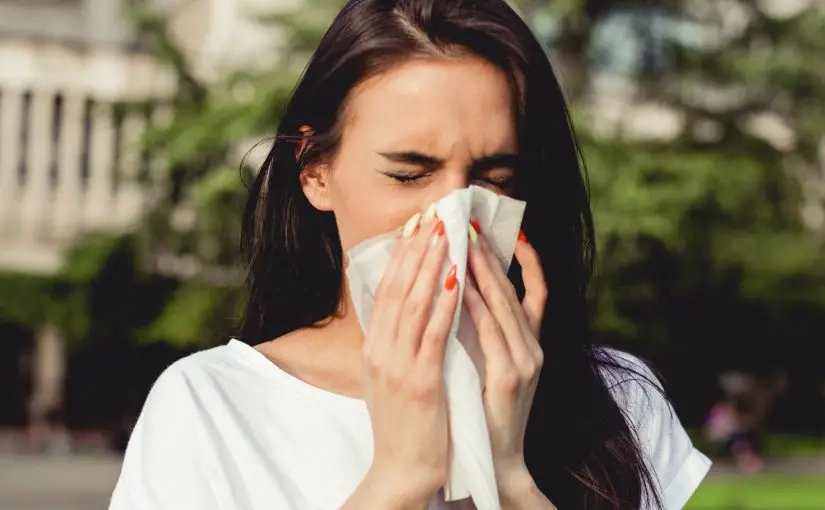



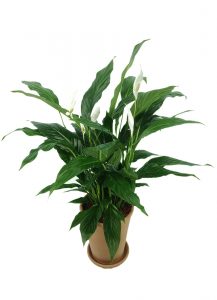
 Smart air purifiers.
Smart air purifiers.
 How Air Purifiers Can Cause Unexpected Health Issues:
How Air Purifiers Can Cause Unexpected Health Issues:
 Chemical Off-Gassing
Chemical Off-Gassing
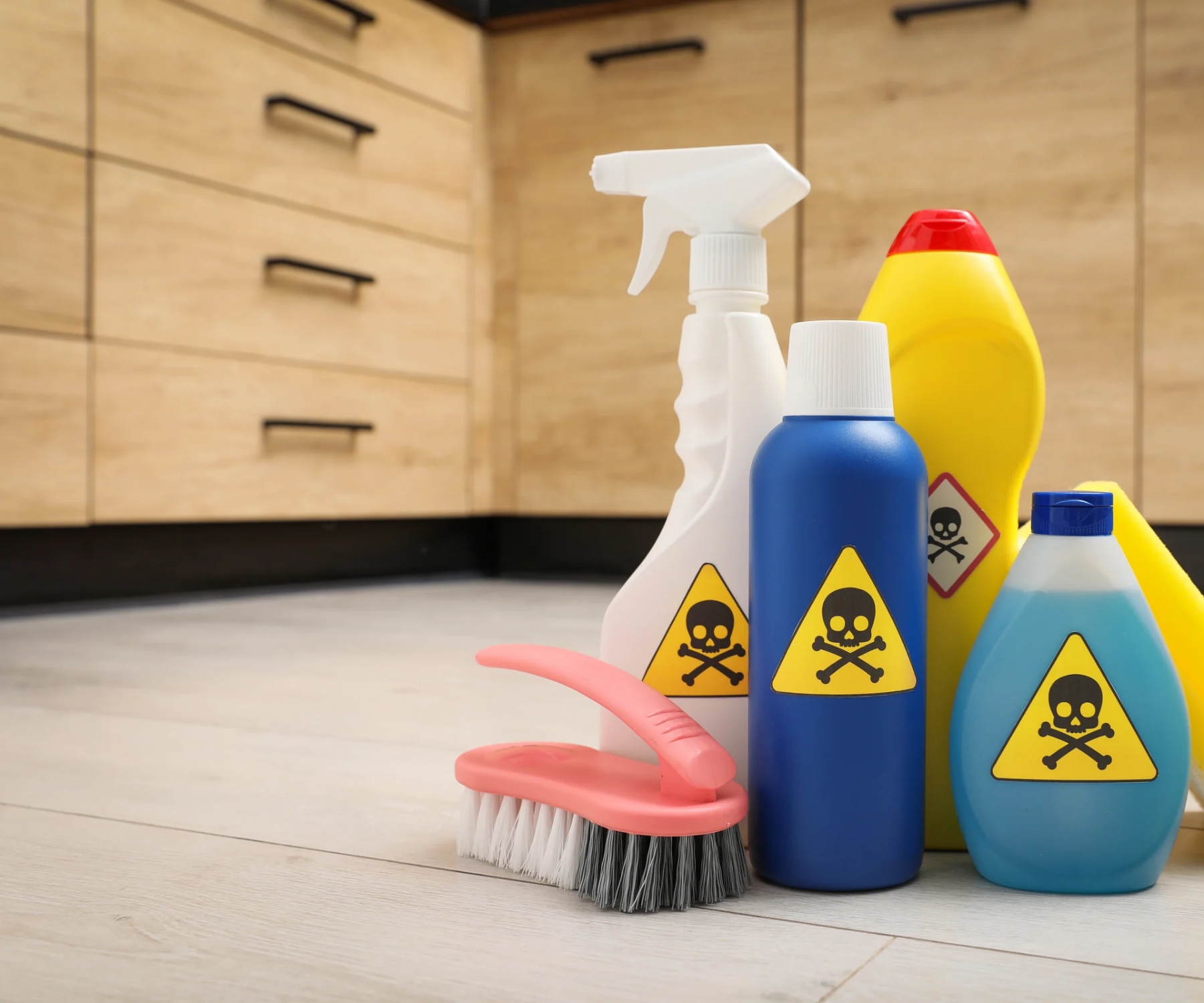 Sources of VOCs in the Home
Sources of VOCs in the Home What Level of VOC is Dangerous?
What Level of VOC is Dangerous?
 3. Winter
3. Winter 1. Air pollution
1. Air pollution
 Mother-in-law tongue plant benefits:
Mother-in-law tongue plant benefits:


 Here are examples of Well-known Air Conditioner brands equipped with ionizing and plasma technologies:
Here are examples of Well-known Air Conditioner brands equipped with ionizing and plasma technologies: Making Your Decision:
Making Your Decision:
 Common Airborne Allergens: Invisible Triggers of Allergic Reactions
Common Airborne Allergens: Invisible Triggers of Allergic Reactions Impact on Health: Navigating the Spectrum of Allergic Responses
Impact on Health: Navigating the Spectrum of Allergic Responses Navigating the Air Quality Index (AQI): A Guide to Healthier Air
Navigating the Air Quality Index (AQI): A Guide to Healthier Air Mitigating Allergens with HEPA Air Purifiers: A Breath of Fresh Air
Mitigating Allergens with HEPA Air Purifiers: A Breath of Fresh Air
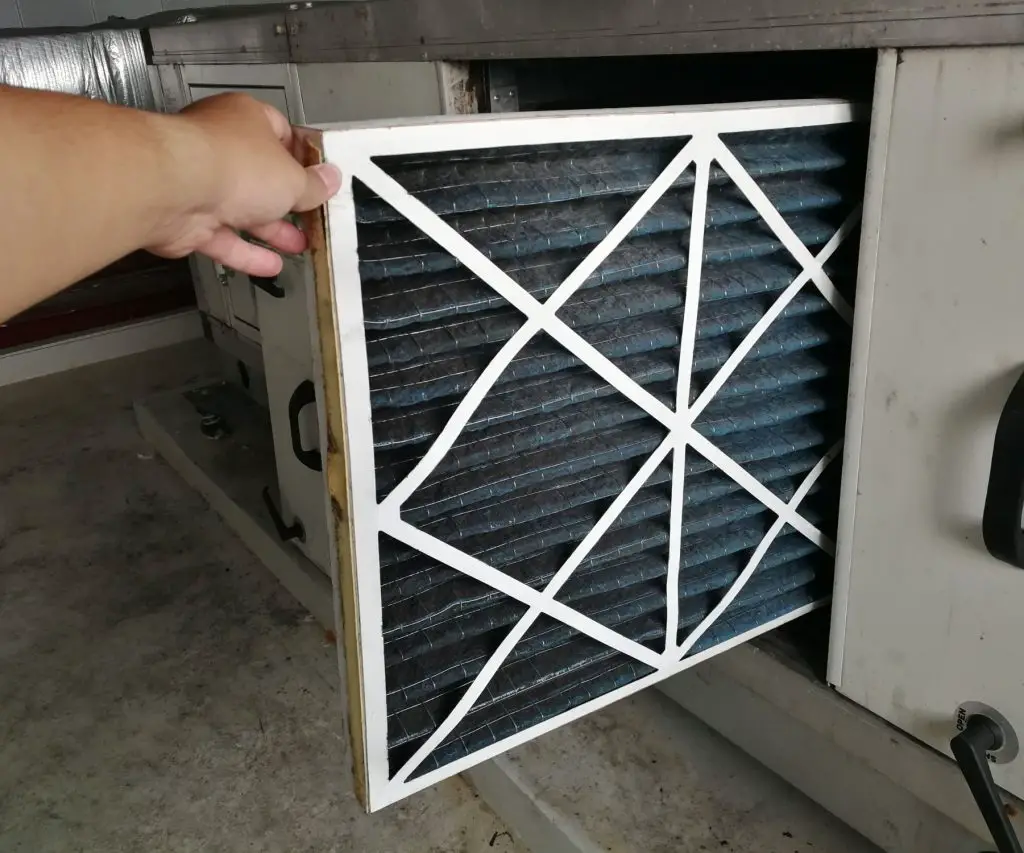

 ULPA Filters
ULPA Filters